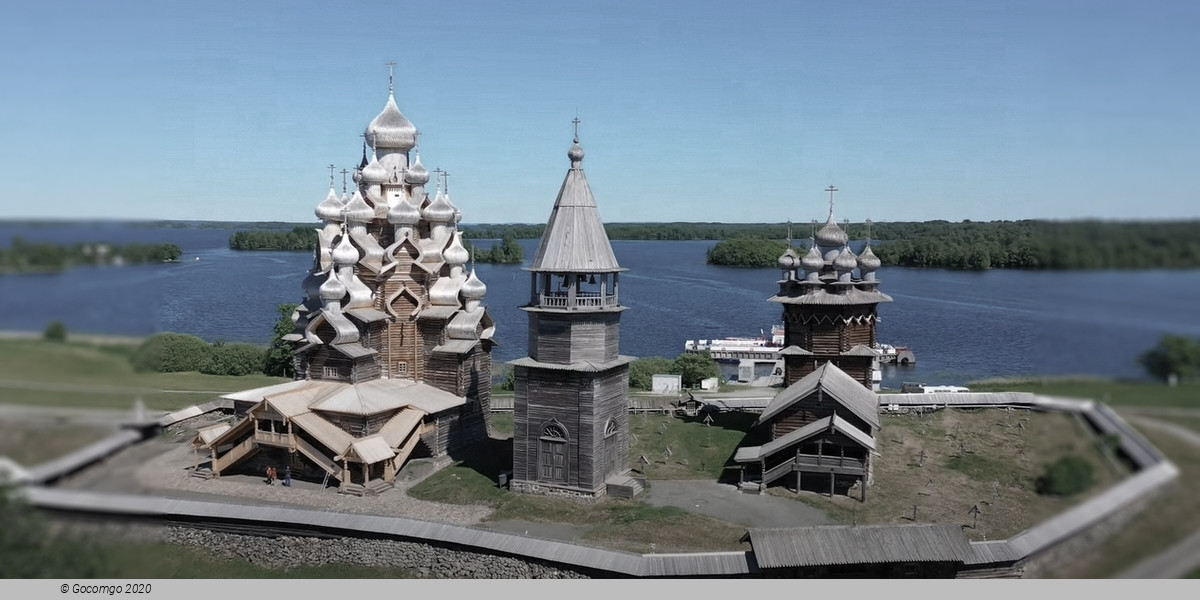Karelia

Karelia, the land of the Karelian people, is an area in Northern Europe of historical significance for Russia, the USSR, Finland, and Sweden. It is currently divided among the northwestern Russian Federation (the federal subjects of the Republic of Karelia and Leningrad Oblast) and Finland (the regions of South Karelia, North Karelia, and the eastern portion of modern-day Kymenlaakso).
Use of name
Various subdivisions may be called Karelia. Finnish Karelia was a historical province of Finland, and is now divided between Finland and Russia, often called just Karjala in Finnish. The eastern part of this chiefly Lutheran area was ceded to Russia after the Winter War of 1939–40.
The Republic of Karelia is a Russian federal subject, including East Karelia with a chiefly Russian Orthodox population.
Within present-day Finland, Karjala refers to the regions of South and North Karelia, although parts of historical Karelia also lie within the region of Kymenlaakso (east of the River Kymi), Northern Savonia (Kaavi, Rautavaara, and Säyneinen), and Southern Savonia (Mäntyharju).
History
Karelia was bitterly fought over by Sweden and the Novgorod Republic for a period starting in the 13th-century Swedish-Novgorodian Wars. The Treaty of Nöteborg (Finnish: Pähkinäsaaren rauha) in 1323 divided Karelia between the two. Viborg (Finnish: Viipuri) became the capital of the new Swedish province. In the Treaty of Stolbovo in 1617 large parts of Russian Karelia were ceded to Sweden. Conflicts between the new Swedish rulers and the indigenous population of these areas led to an exodus: thousands of Karelians, including the ancestors of the Tver Karelians, emigrated to Russia.
The Treaty of Nystad (Finnish: Uudenkaupungin rauha) in 1721 between Imperial Russia and Sweden ceded most of Karelia to Russia. The Treaty of Åbo in 1743 between Sweden and Russia then ceded South Karelia to Russia. After Finland had been occupied by Russia in the Finnish War, parts of the ceded provinces (Old Finland) were incorporated into the Grand Duchy of Finland. In 1917, Finland became independent and the border was confirmed by the Treaty of Tartu in 1920.
Finnish partisans were involved in attempts to overthrow the Bolshevists in Russian Karelia (East Karelia) in 1918–20, such as in the failed Aunus expedition. They also wanted to incorporate the rest of Karelia into Finland and cooperated with the short-lived Republic of Uhtua. These mainly private expeditions ended after the peace treaty of Tartu. After the end of the Russian Civil War and the establishment of the Soviet Union in 1922, the Russian part of Karelia became the Karelian Autonomous republic of the Soviet Union (ASSR) in 1923.
At the beginning of the Second World War in 1939, the Soviet Union attacked Finland, thus starting the Winter War. The Moscow Peace Treaty of 1940 handed most of the Finnish Karelia to the Soviet Union. Over 400,000 people, virtually the whole population, had to be relocated within Finland. During the Continuation War between 1941–1944, the Finns invaded and occupied Karelia for three years. After the war, the Soviet expansion caused considerable bitterness in Finland, which lost its fourth biggest city, Viipuri, its industrial heartland along the river Vuoksi, the Saimaa canal that connected central Finland to the Gulf of Finland, access to the fishing waters of Lake Ladoga (Finnish: Laatokka), and made an eighth of her citizens' refugees with no chance of return. From the areas ceded to the Soviet Union, the whole population was evacuated and resettled in other parts of Finland. The present inhabitants of the former Finnish Karelian parts of Russia — such as the city of Vyborg/Viipuri and the Karelian Isthmus — and their descendants are post-war immigrants.
As a consequence of the peace treaty, the Karelian ASSR was incorporated with the Karelo-Finnish SSR 1941–1956, after which it became an ASSR again. Karelia was the only Soviet republic that was "demoted" from an SSR to an ASSR within the Russian SFSR. Unlike administrative republics, Soviet republics (in theory) had the constitutional right to secede. The possible fear of secession, as well as the Russian ethnic minority in Karelia, may have resulted in its "demotion." In 1991 the Republic of Karelia was created out of the ASSR.[citation needed]
The collapse of the Soviet Union brought an economic collapse. Since the dissolution of the Soviet Union, the area has experienced massive urban decay. The hastily and poorly constructed buildings from the Soviet era, as well as older houses remaining from the Finnish era, are being abandoned.

